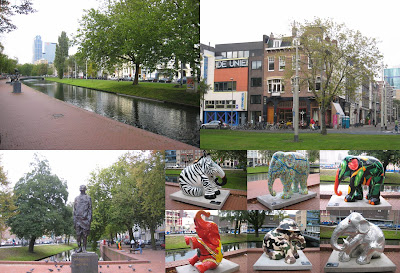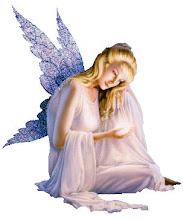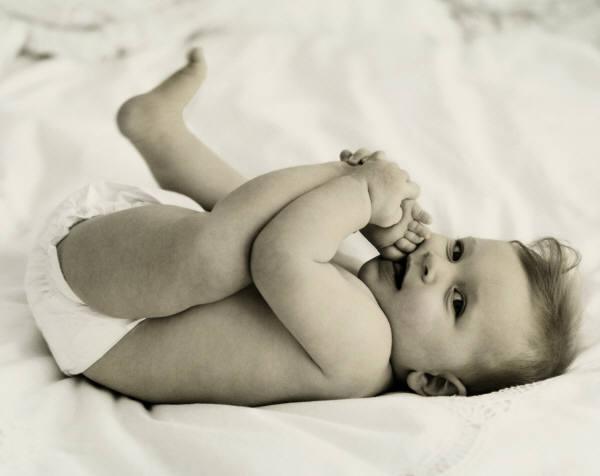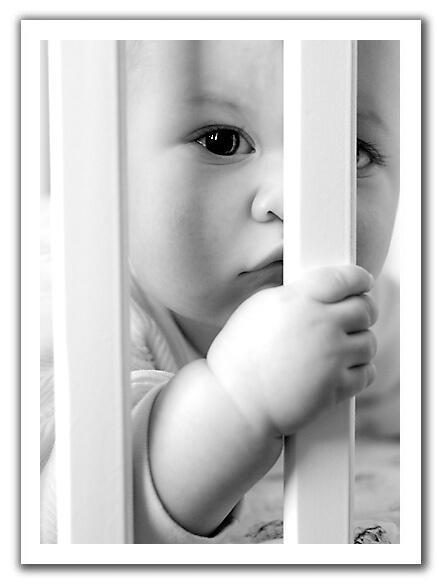
Maison du Roi & Hotel de Ville
 Grand Place - unfortunately my photos do not do justice to the place. It really is a lot more impressive than it appers in these photos.
Grand Place - unfortunately my photos do not do justice to the place. It really is a lot more impressive than it appers in these photos.To the left of the Town Hall is the statue of Everard 't Serclaes, a hero of 14th-century Brussels who freed the city from the clutches of the counts of Flanders, and who later died from wounds received while resisting another would-be conqueror. Rubbing the bronze statue is said to bring you luck. A fountain in the shape a urinating child, the Manneken-Pis is a famous small bronze sculpture two blocks south of the Grand-Place. It is Brussels' favorite character, gleefully doing what a little boy's gotta do. No one knows when this child first came into being. Among the speculations are that he was the son of a Brussels nobleman who got lost and was found while answering nature's call, and also that he was a patriotic Belgian kid who sprinkled a hated Spanish sentry passing beneath his window. Yet another theory is that he saved the Town Hall from a sputtering bomb by extinguishing it with the first thing handy. The statue itself is a lot more ordinary than the hype surrounding it. Minutes away from the Grand-Place is the ornately decorated Bourse (Stock Exchange), an example of the French Second Empire architectural style, dating back from 1873.

Everard 't Serclaes & Mannekin-Pis
 Galeries Royales St-Hubert
Galeries Royales St-Hubert


The beautiful stained glass windows of Cathédrale des Sts-Michel-et-Gudule
Belgians are crazy for cartoons. Called the CéBéBéDé for short, Centre Belge de la Bande Dessinée (Belgian Center for Comic-Strip Art) on a side street not far from the Grand-Place, is dedicated to comic strips. Situated in a restored Art Nouveau department store building from 1903, the library of 30,000 books and its permanent and special exhibitions feature popular cartoon characters such as Tintin, Lucky Luke, the Smurfs, Charlie Brown, and Suske and Wiske, yet does not neglect the likes of Superman and Batman.

A nation obsessed with cartoons...even the buildings are painted with cartoon characters
(to be continued…)










 (to be continued…)
(to be continued…)













 On the way to Volendam, we stopped by to visit a typical Dutch farmhouse where cheese is still being made the traditional way.
On the way to Volendam, we stopped by to visit a typical Dutch farmhouse where cheese is still being made the traditional way.






